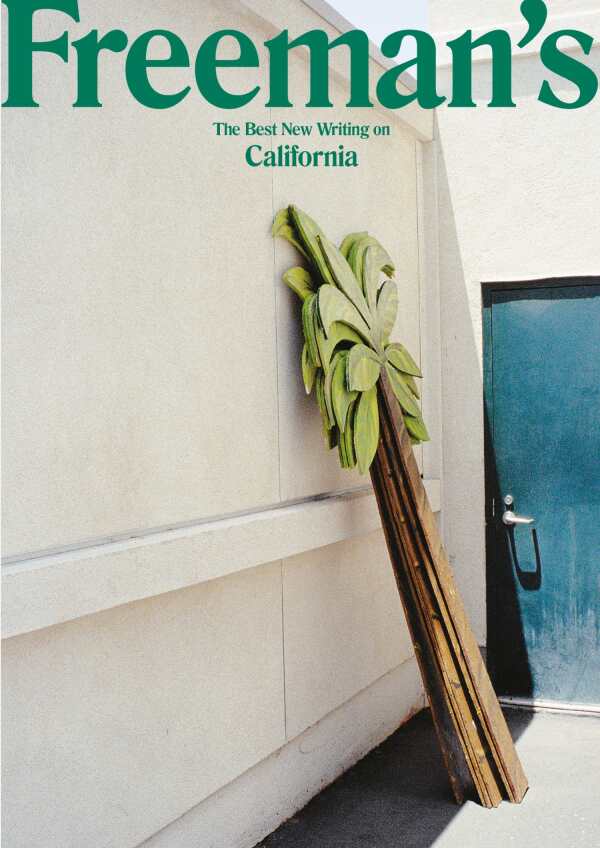Freeman's
California
California—land of golden dreams, proud melting pot, home to both the poor and the unimaginably rich—is an amalgam. Her complexities are captured in the essays of Freeman’s: California, which reaches across time and cultures to indicate what the state means to its variety of inhabitants.
Within these essays, California is preserved as a place of refuge for misfits, immigrants, and the aspirational. For Xuan Juliana Wang, the avocado is the model of California’s peculiar charms; for Yiyun Li, Carmel’s golden sunset is a more singular fruit. For Jennifer Egan, it’s bygone San Francisco, whose sixties spirit you can still capture if you close your eyes, put on some Pink Floyd, and let the city shimmer and hum beyond the window.
In Héctor Tobar’s “A Portrait of the Artist as a Latchkey Child,” time drips away for a boy whose mother is out trying to get lost in Los Angeles. Karen Tei Yamashita’s “Omaki-san” reaches back to the post-war period, as a GI’s widowed bride leaves battered Tokyo, seeking the glamour of an American life. In “How to Bartend,” Rabih Alameddine draws pints for brassy Irish Americans, concealing his sexuality before it becomes apparent that he’s found his own protective, mixed community among them.
But California also has its dark side. Surveying a parking lot populated by car dwellers and people escaping the Paradise fires, Jaime Cortez remarks, “I am stunned by how deeply dystopian this scene is. The dirty twilight air … The people who gazed into the burning eye of climate change and fled for their lives … we did not ask for this, but we chose this. Through our action and inaction.” William T. Vollman’s “The Fires” addresses infernos, too, though its gaze is more inward; it is the collection’s outlier.
For those whose dreams carry them westward, Freeman’s: California will prove to be a knowing guide, diving deep into the contemporary state, from its southern border up to its golden gates.
Reviewed by
Michelle Anne Schingler
Disclosure: This article is not an endorsement, but a review. The publisher of this book provided free copies of the book to have their book reviewed by a professional reviewer. No fee was paid by the publisher for this review. Foreword Reviews only recommends books that we love. Foreword Magazine, Inc. is disclosing this in accordance with the Federal Trade Commission’s 16 CFR, Part 255.

